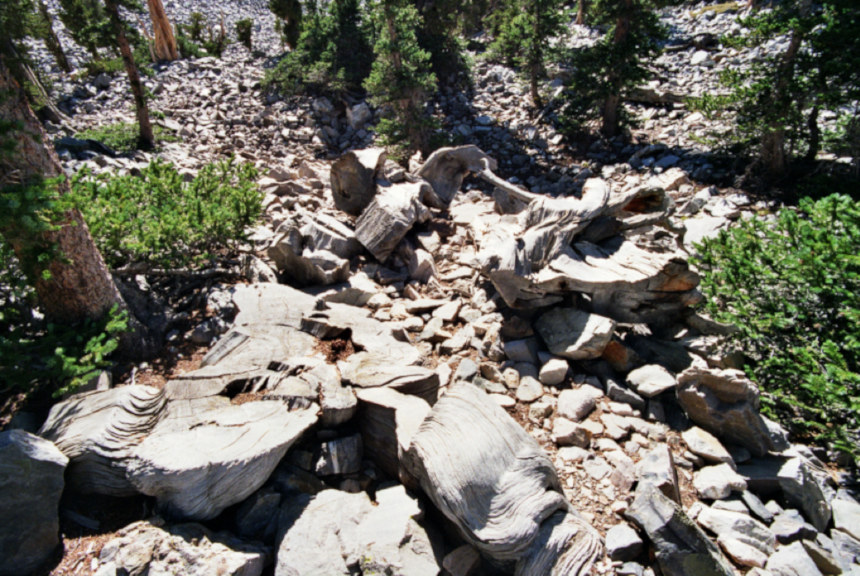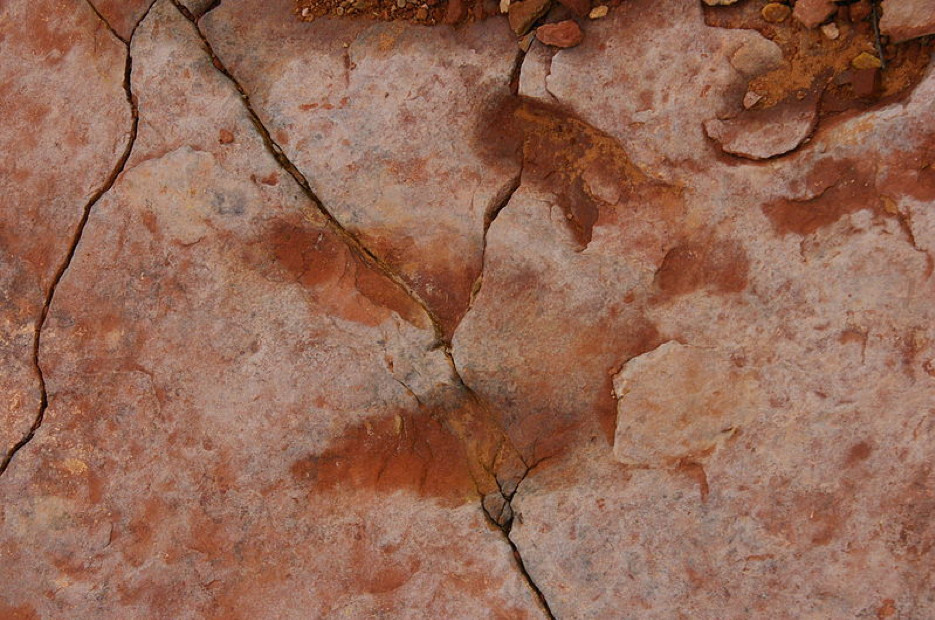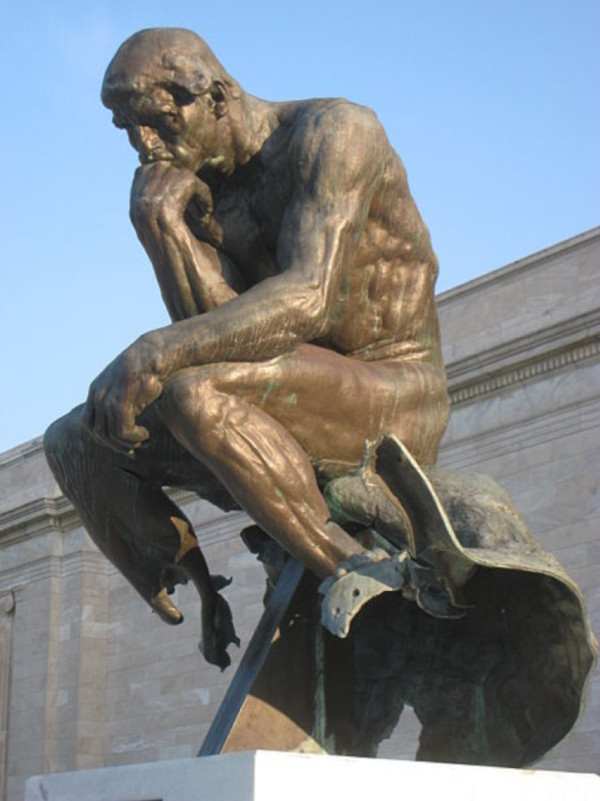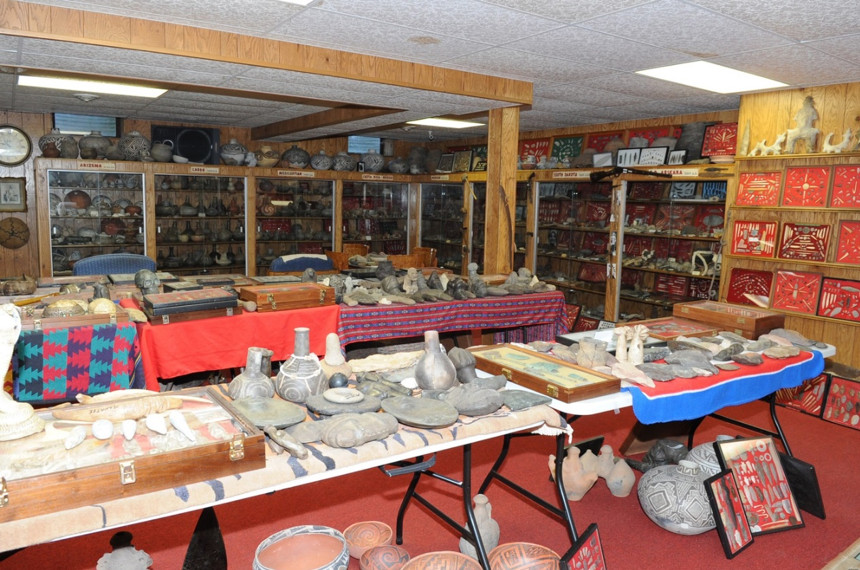We expect that objects, like institutions and people, to disappear in time. But some objects have survived for ages, only to be lost to human cupidity or stupidity.
1. Destruction in the Name of Science
Prometheus was a bristlecone pine tree in the Great Basin National Park in Nevada.
In 1964, it lived among a group of ancient pine trees, until a graduate student and U.S. Forest Service personnel cut it down. The student wanted to count its rings to determine its age. Prometheus proved to be a much older tree than expected — 4,862 years, at least, making it then the oldest tree in the U.S.

(Since then, a few trees have been found with seniority over Prometheus: a Norway spruce in Sweden that is 9,550 years old, and a colony of aspen trees in Utah estimated to be at least 80,000 years old.
2. The Improbable Landmark

In a desolate section of the Sahara Desert, an ancient acacia tree grew, almost miraculously, in the middle of the empty sand. It was the only tree for 250 miles, and the sole landmark for travelers navigating the barren sands. Until 1973, when it was run down by a drunken truck driver from Libya.
3. Fragile Knowledge

In 1258, Mongol invaders destroyed the library in Baghdad’s House of Wisdom. So many books were thrown into the Tigris river that the dissolved ink dyed the waters black. Another library, the great library of Alexandria, which contained as many as 400,000 scrolls, was long rumored to have been burned by invading Arab warriors. In fact, it was seriously damaged by Julius Caesar when he set fire to the Egyptian fleet in the Alexandria harbor. The remaining collection fell into disuse and dispersed.)
4. Head Cases

Humans seem fascinated by skulls, particularly those of dead celebrities, which is why people have stolen the skulls of several historical figures: Franz Joseph Haydn, Wolfgang Amadeus Mozart, Ludwig van Beethoven, the Marquis de Sade, Pancho Villa, Francisco Goya, William Shakespeare, and Thomas Paine. (The skulls of Haydn and Beethoven were eventually returned, and Mozart’s turned out to be from someone else’s head.)
5. Unmaking Tracks

Utah’s Red Fleet State Park contains sandstone with the impression of dinosaur feet from 200 million years ago. Visitors have been picking up these stones to throw into a nearby reservoir. To date, 10 dinosaur footprints have disappeared.
6. Still Thinking

The Cleveland Art Museum owns the last cast of The Thinker made under the supervision of its creator, Rodin. In 1970, a protester set off a pipe bomb beneath it. It blew off its lower legs. Yet the paraplegic Thinker remains.
7. End of the Line

Pennsylvania Station was meant to be New York City’s stunning front door for railroad passengers, and when it was completed in 1910, it was considered a towering masterpiece of Beaux-Arts architecture. Passengers were awed by its massive columns, which rose to arched ceilings 150 feet above them. The building was as immense as it was ornate, covering eight acres of midtown Manhattan. But by the 1960s, railway passenger traffic was shrinking and the station was being poorly maintained. It was torn down after just 54 years of service.
8. The Collector

In 2014, the FBI showed up in force at Don Miller’s home in Rush County, Indiana. Agents had learned that Miller was illegally keeping ancient human bones on his property. What they found astounded them. There were 500 sets of human bones, most likely stolen from Native American burial grounds and 42,000 artifacts taken from archaeological sites or obtained on the black market from as far away as Russia and China.
Technically, these items were not irretrievable lost. But without records of their provenance, much of this collection can never be returned to the people from whom it was stolen.
Featured image: Pennsylvania Station, 1911 (Library of Congress)
Become a Saturday Evening Post member and enjoy unlimited access. Subscribe now



